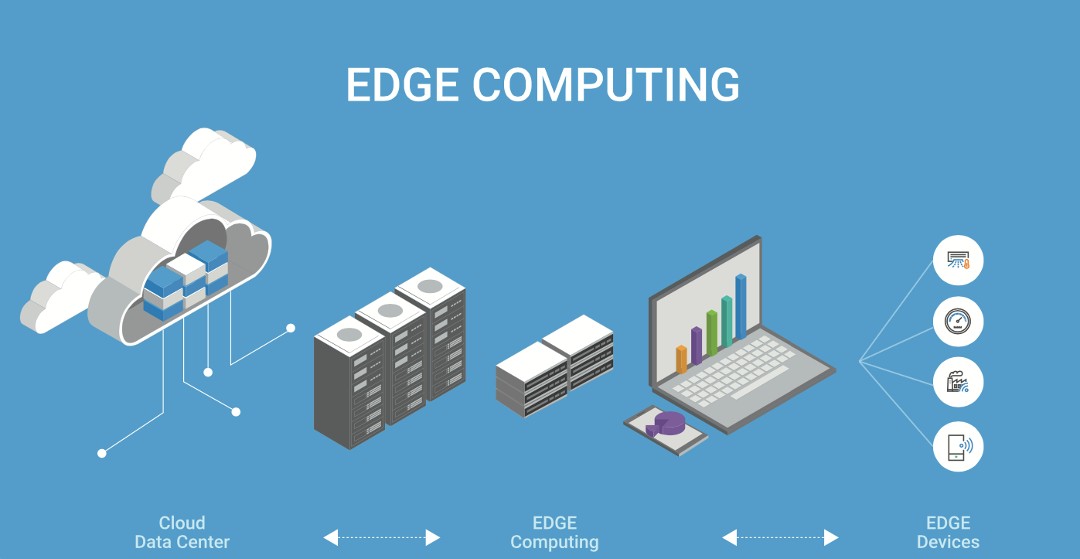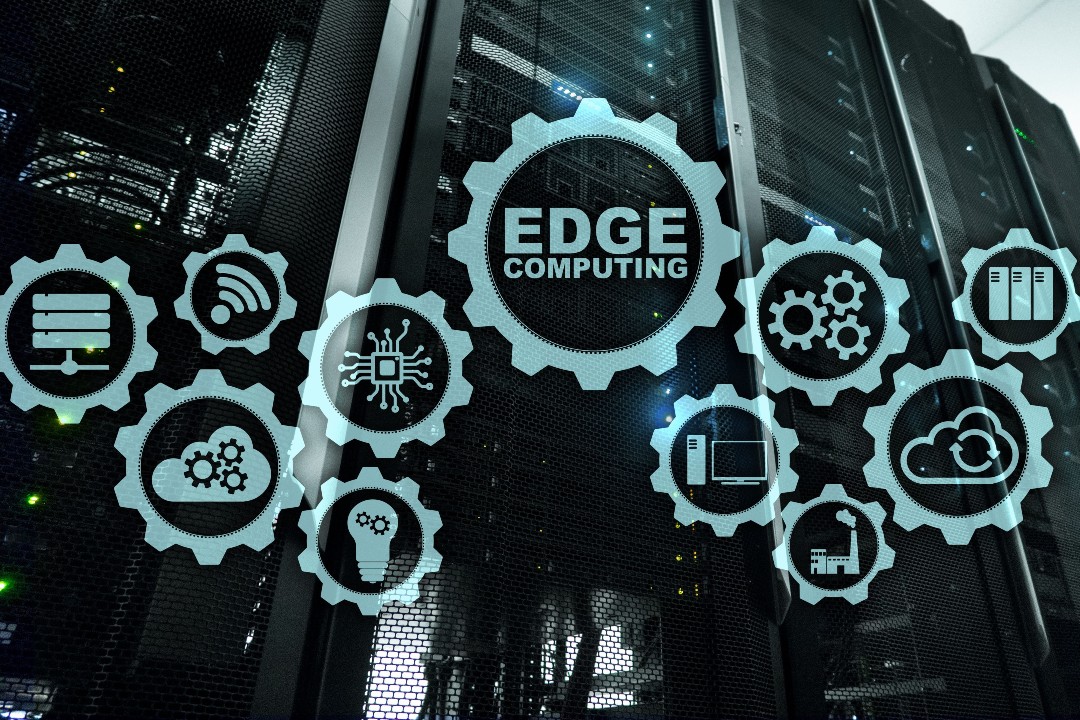Edge computing processes data at the network periphery, close to where the data originates or resides. In contrast, the conventional cloud network takes data to distant cloud servers. Here are five reasons enterprises should deploy edge computing when they already have the cloud.
REASON #1: Faster and reliable data processing
The stakes of data have increased in today’s digital era. Many companies build business models around driving insights from data and moving fast to monetize it. But such models crash without reliable infrastructure.
The traditional paradigm of a centralized data center is not suitable for instant Big Data analytics. Moving vast swathes of data is bandwidth-intensive, time-consuming, and expensive. Unpredictable network disruptions may impair the best-laid efforts. Rather, edge computing offers a reliable and cost-effective workaround.
The edge ensures fast and responsive analytics to enable new-gen applications. Analytics at the edge is faster owing to low latency and lesser chances of network disruptions. Enterprises have become more responsive and agile. They can seize opportunities faster to gain a competitive edge, or speed up the time to market.
Several applications today need such real-time uninterrupted analytics. For instance, intelligent traffic signals need cars and traffic control to exchange and analyze data in real-time. Any delay owing to latency, bandwidth restrictions, or network congestion will subvert the system.
Edge computing is handy for delay-intolerant applications in manufacturing. It ensures automated coordination of heavy machinery on the shop floor. Insights from maintenance sensors take place close to the equipment, enabling instant remediation.
In many applications, data insights become useless even if there is a delay of even a few seconds. Consider a wearable that monitors heart readings. Computing at the edge offers an instant alert of a heart attack. The few seconds’ delays it takes for the data to transmit to the distant cloud server back and forth can make the difference between life and death!
REASON #2: Empowering local units
The cloud works well for businesses with a centralized business model. Edge computing enables a decentralized operational model. Local units become empowered to take strategic decisions relevant to their location, and become more competitive.
Such unit level empowerment manifests most in retail. Retail activities such as sales, inventory, surveillance, and more generate enormous volumes of data. Processing such data on the edge unearths business opportunities relevant to the store. For instance, store managers may make instant targeted promotions based on point-of-sale data.
Edge enables QR-code based shopping. It does away with the tedious and resource-intensive check-out process. Customers swipe in with a QR code, take the goods they want, and leave without billing. The integrated wallet deducts the price automatically. A combination of motion sensors and in-store cameras identifies the products picked by the customers. Edge computing ensures there is no time lag in data analysis and deducts the customer’s wallet. Any delay because of bandwidth or other constraints may lead to customers walking away with free stuff!
Even within conventional check-outs, the edge enables retailers to handle spikes in data, without bandwidth congestion causing delays.
REASON #3: Leveraging IoT
IoT promises a world of possibilities. But businesses have not adopted it widely so far. They do not have the latency or bandwidth necessary for processing the huge quantum of data that flows in real-time from IoT sensors. Conventional cloud is too slow for real-time commercial or industrial applications.
The edge offers a cost-effective way to derive actionable insights and unlock innovation using IoT.

Consider a wind turbine with the attached sensors collecting data. In a cloud computing setup, the data transmits to cloud servers on the other side of the globe. In edge computing, the sensor transmits the data to a small enclosure built atop the turbine itself. The enclosure contains some servers and storage to process the data from the sensor. The insights from such processing nodes pass on to a data center for human review.
The adoption of Industrial IoT (IIoT) has been even more stunted than IoT. Deploying IIoT using edge computing makes supply chains smarter. The edge makes supply chains more resilient to face disruptions.
REASON #4: Compliance
The benefits of the cloud are obvious. But many enterprises cannot take advantage of it, owing to compliance and data governance issues.
Data movement across national boundaries to distant cloud servers raises legal issues. Most cloud providers have servers in distant geographies where data protection laws are lax. The laws in such geographies may conflict with the laws where the data originates. The European Union’s GDPR, for instance, lays down strict stipulations for data storage and processing.
With edge computing, data resides close to its source. With edge, enterprises avoid conflicts related to data jurisdiction.
The edge also helps businesses improve local level compliances. For instance, it makes analyzing data from on-site cameras and sensors instant. Managers may confirm if employees wear safety devices or follow other security protocols. This becomes relevant, especially in remote and dangerous workplace conditions such as oil rigs.
REASON #5: Improved efficiency
Enterprises seek to cut costs and improve productivity in today’s competitive world. The cloud offers easy scalability and is cost-effective compared to on-premises stacks. But cloud costs, especially the bandwidth costs, can still add up quickly.
The edge reduces the quantum of data traversing the network and releases bandwidth. This reduces costs and promotes sustainability.
The edge delivers better power usage effectiveness (PUE). Hundreds of small, distributed edge data servers cool faster than a large centralized hub.
Edge data centers are smaller than centralized data centers. It costs less to maintain such smaller units. Also, these units are portable and flexible. The business may decommission an unneeded edge node easily.
In a recent IBM survey, the majority of the executives opined that edge computing combined with AI reduces operational costs. They expect their ROI in edge computing to turn positive within three years of investment.
Today, edge computing is mostly situation-specific. But edge holds huge potential and can change the way the Internet functions. The ongoing proliferation of Micro Modular data centers (MMDC) and other compute, storage, and network appliance products designed for edge computing indicates the coming boom of edge computing. The IDC Data Age 2025 report “The Digitization of the World: From Edge to Core” estimates global data generation volumes will reach 175 zettabytes by 2025. The edge will create over 90% of such data.
Read more on how cloud edge computing makes your business more competitive.












